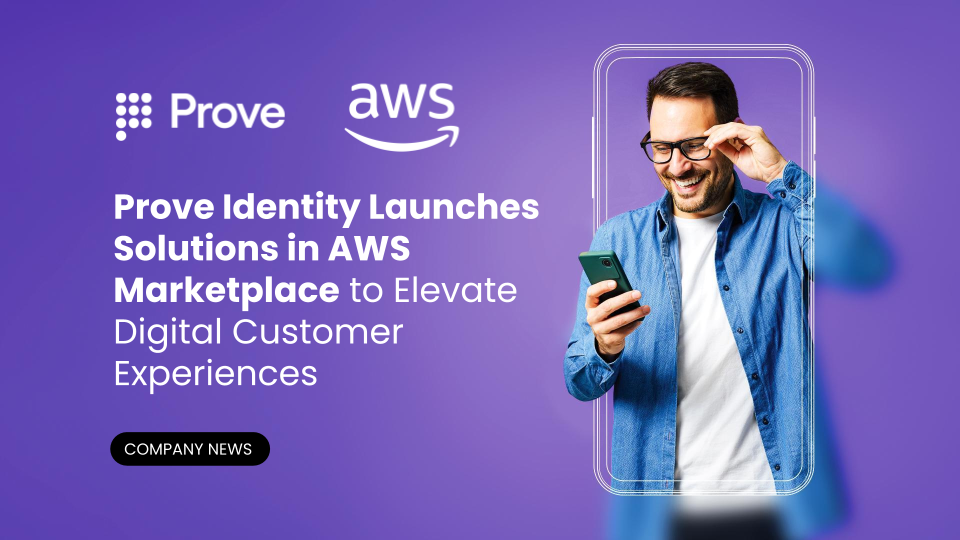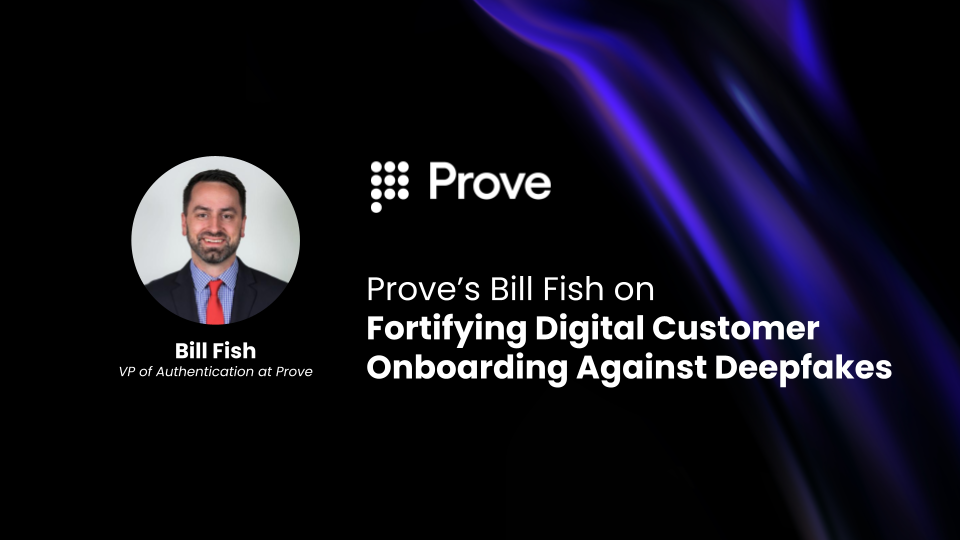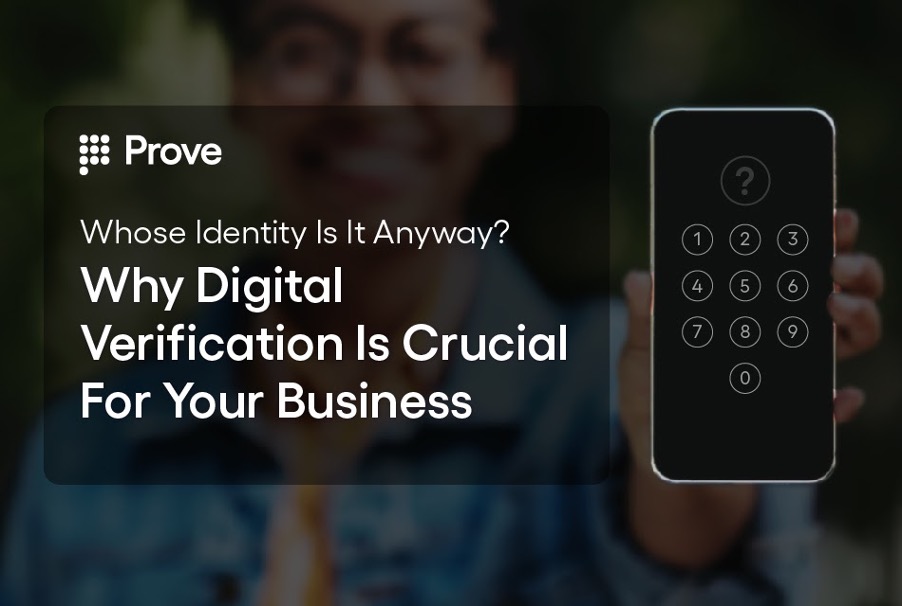
.svg)
Trusted by 1,000+ companies globally




.svg)
.svg)
.svg)
.svg)
.svg)
.svg)
.svg)
.svg)
.svg)
.svg)
.svg)
.svg)
.svg)
.svg)




.svg)
.svg)
.svg)
.svg)
.svg)
.svg)
.svg)
.svg)
.svg)
.svg)
.svg)
.svg)
.svg)
.svg)




.svg)
.svg)
.svg)
.svg)
.svg)
.svg)
.svg)
.svg)
.svg)
.svg)
.svg)
.svg)
.svg)
.svg)
Personal. Frictionless. Secure.
Consistently uniform identity across all your touchpoints, every time.
.png)
.png)
.png)
.png)

Prove’s Solutions
Establish trust across the customer journey

Prove Pre-Fill®
Onboard consumers up to 79% faster
Pre-populate application forms with verified identity information, reducing consumer friction and fraud. Optional KYC checks.
Prove Identity®
Confidently verify consumers
Verify consumers' identity with just their phone, no document scans or selfies needed. Reduce friction and control fraud.
Why Prove?
Trusted by 9 out of 10 top banks and 1,000+ leading companies
Prove enables businesses to improve consumer experience, mitigate fraud, and rapidly grow with the world’s most frictionless and accurate identity verification & authentication solutions.


Become a success story
Leading Healthcare System wanted to improve the registration process for their ‘digital front door’, specifically their virtual ID proofing process. The current patient experience was arduous given all the data entry required.

This leading firm struggled with balancing a smooth sign-up process while ensuring critical identity verification and onboarding checks. They wanted to find a solution that could improve their onboarding process abandonment rates while ensuring that they were still compliant with consumer due diligence and regulations.

Prior to Prove, Tier 1 Issuer’s customers had to manually enter all personal data during card applications which added process friction and led to high abandonment rates. Tier 1 Issuer wanted a solution that would allow customers to have a seamless application and servicing experience while decreasing abandonment rates and stopping bad actors.

Learn how Prove powers businesses in your industry
Prove enables businesses to improve consumer experience, mitigate fraud, and rapidly grow with the world’s most frictionless and accurate identity verification & authentication solutions.

Companies across the globe leverage Prove's trusted registry
Companies across the globe can leverage Prove's trusted registry of 1 billion+ identity tokens to supercharge identity verification and authentication. Our global teams are here to support you wherever you and your consumers operate.
Countries and regions
covered worldwide
Unique identity tokens
under management
Identity and authentication events
processed annually
“Prove’s solutions will significantly simplify the enrollment processes for millions of Zelle P2P users, while adding another layer of non-intrusive protection behind-the-scenes for Zelle. Prove brings together data from across the mobile ecosystem – networks, devices, users – to help us assess enrollment and transaction risk almost instantly. This helps us balance the requirements for speed and security in the faster payments space.”
.svg)
.svg)
“At Binance.US, our goal is to democratize access to digital asset ownership and facilitate simple and safe participation in cryptocurrency markets for all Americans. We selected Prove to help us achieve this goal after a rigorous evaluation and proof-of-concept test demonstrating Prove’s pass rates and ability to deliver seamless customer experiences.”
.svg)
.svg)
"Prove and their Mobile Verify solution, allow roughly 60% of our mobile enrollments to benefit from near real-time, frictionless possession checks, in accordance with PSD2-SCA regulation."
.svg)
.svg)
"We've integrated Prove Pre-Fill® and it's a phenomenal solution that drives real results. It not only increases the completion rate and helps you increase sales, but it really does all the fraud work in the background, so it doesn't impact the customer experience, and we saw a significant decrease in the fraud rate. We've had amazing results."
.svg)
.svg)










.svg)








































.png)






.jpeg)














































































